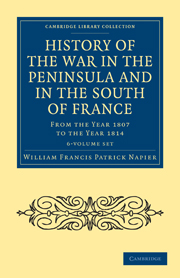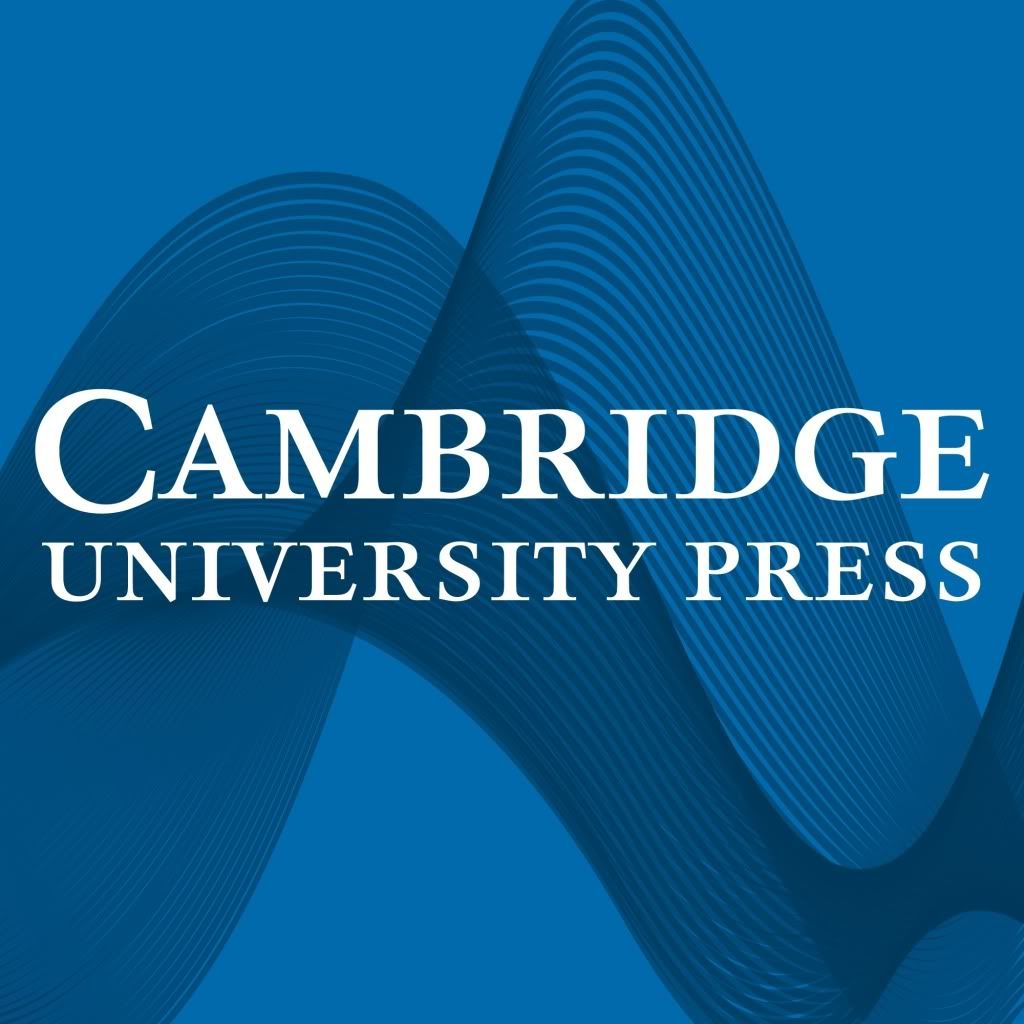 We reissued the biography of Richard Lovell Edgeworth, Begun by Himself and Concluded by his Daughter, Maria Edgeworth, last year, but I’m embarrassed to say that I didn’t pay much attention. Father of a more famous daughter, minor Lunar Society man, minor scientist and inventor, minor politician, memorable for having had twenty children by four different wives (first died in childbirth, second of tuberculosis, third (sister of second – it was legal at the time, but scandalous) after a long illness, fourth survived him by 50 years). But last week we received the first copies of Practical Education, and my plans to favour you this week with my thoughts on nineteenth-century prime donne were put on hold…
We reissued the biography of Richard Lovell Edgeworth, Begun by Himself and Concluded by his Daughter, Maria Edgeworth, last year, but I’m embarrassed to say that I didn’t pay much attention. Father of a more famous daughter, minor Lunar Society man, minor scientist and inventor, minor politician, memorable for having had twenty children by four different wives (first died in childbirth, second of tuberculosis, third (sister of second – it was legal at the time, but scandalous) after a long illness, fourth survived him by 50 years). But last week we received the first copies of Practical Education, and my plans to favour you this week with my thoughts on nineteenth-century prime donne were put on hold…
This two-volume work by father and daughter was first published in 1798, when Richard was 54 and Maria was 30, and already the published author of Letters for Literary Ladies and The Parent’s Assistant (a reading book for children), works derived from her own experience as the chief educator of thirteen of her half-siblings. (The title of Practical Education, they explain in the preface, is intended ‘to point out that we rely entirely upon practice and experience’.)
The first chapter is called ‘Toys’: it begins engagingly with an exasperated mamma asking ‘Why don’t you play with your playthings, my dear? … why can’t you divert yourself with them instead of breaking them to pieces?’, and goes on to defend the child: ‘… is it not vain to repeat, “Why don’t you play with your playthings”, unless they are such as he can play with, which is very seldom the case; and is it not rather unjust to be angry with him for breaking them to pieces, when he can by no other device render them subservient to his amusement?’
This observation is the ancestor of the modern truism that the box that the elaborate toy arrived in is likely to be much more fun than the toy itself, and the book continues in this vein: practical suggestions based on experience of what actually does hold a child’s attention, such as a solution to the potential danger of chemical experiments in the home. ‘In some families girls are taught the confectionary art; might not this be advantageously connected with some knowledge of chemistry, and might not they be better taught than by Mrs Raffeld and Mrs Glass?’ (These were two of the most important cookery writers of the day: a footnote adds: ‘We do not mean to do injustice to Mrs Raffeld’s professional skill’ – what about Mrs Glass’s professional skill, then?) But a warning is given that the art of making sweets should not be learned ‘at the hazard of their keeping company with servants’.
Like Mrs Rundell, the Edgeworths clearly believe in the pernicious influence of the lower orders: a whole chapter is devoted to the perils of such encounters. The child who learnt to swear (though left with the servants for only half a day!); the one who learnt to be economical with the truth (tell mamma that you had bread and butter, which is true, but don’t mention the sugar); and the one who, in conversation with a visiting lady, said ‘I wish you could find somebody, when you go to London, who would keep you. It’s a very good thing to be kept’, and went on to describe the carriages and diamonds she would get at no trouble to herself if she could find a keeper.
The second Mrs Edgeworth had kept a ‘register’ of the children’s saying and doings, which was maintained by her sister and later by Maria: many of the anecdotes used to illustrate points in the book were taken from this register (which was compiled, we are told, in as unobtrusive a way as possible, so as not make the children self-conscious or ‘knowing’). The two volumes are eminently quotable, and the insights and prescriptions in some respects startlingly modern – the importance of ‘play’ in early education, and the equal importance to mental development of plenty of strenuous outdoor games, which both improve hand–eye co-ordination and develop hardiness and self-reliance.
The helicopter parent, the school or tutor with low expectations, the child who modifies his responses to what he believes his elders want to hear, all appear; and there is a fascinating chapter on ‘female accomplishments, masters, and governesses’, which sets out the general pointlessness of those two vital female accomplishments, music and drawing, in terms of almost Austen-like irony. The book was very successful, both in Britain and abroad, and was followed in 1809 by Essays on Professional Education – the ‘professions’ are the Church, the Law, the Army and Navy and Medicine, but the book also deals with the appropriate education for country gentlemen, for ‘men intended for public life’, and even for princes. (‘To begin by stating what a king need not be. He need not be a dancer, a fiddler, a poet, a painter, an artist, an antiquary, an etymologist, a mathematician, a mechanist, or a profound scholar’ – though ‘he may find it useful to have some tincture of all the sciences’.)
But the examples of children’s logic are the things which will strike a chord with anyone who has ever spent time in the company of an ‘infant’ – as well, of course, as envy of the parent, who, guided by this book, will raise knowledgeable, sensible and well-behaved children.
Caroline



Pingback: Science (Almost) in Earnest | Cambridge Library Collection Blog
Pingback: Inspiring Women | Cambridge Library Collection Blog
Pingback: The Pen and the Pencil | Cambridge Library Collection Blog
Pingback: A Memoir of Gabriel Beranger | Cambridge Library Collection Blog
Pingback: Sister of the More Famous Maria | Professor Hedgehog's Journal